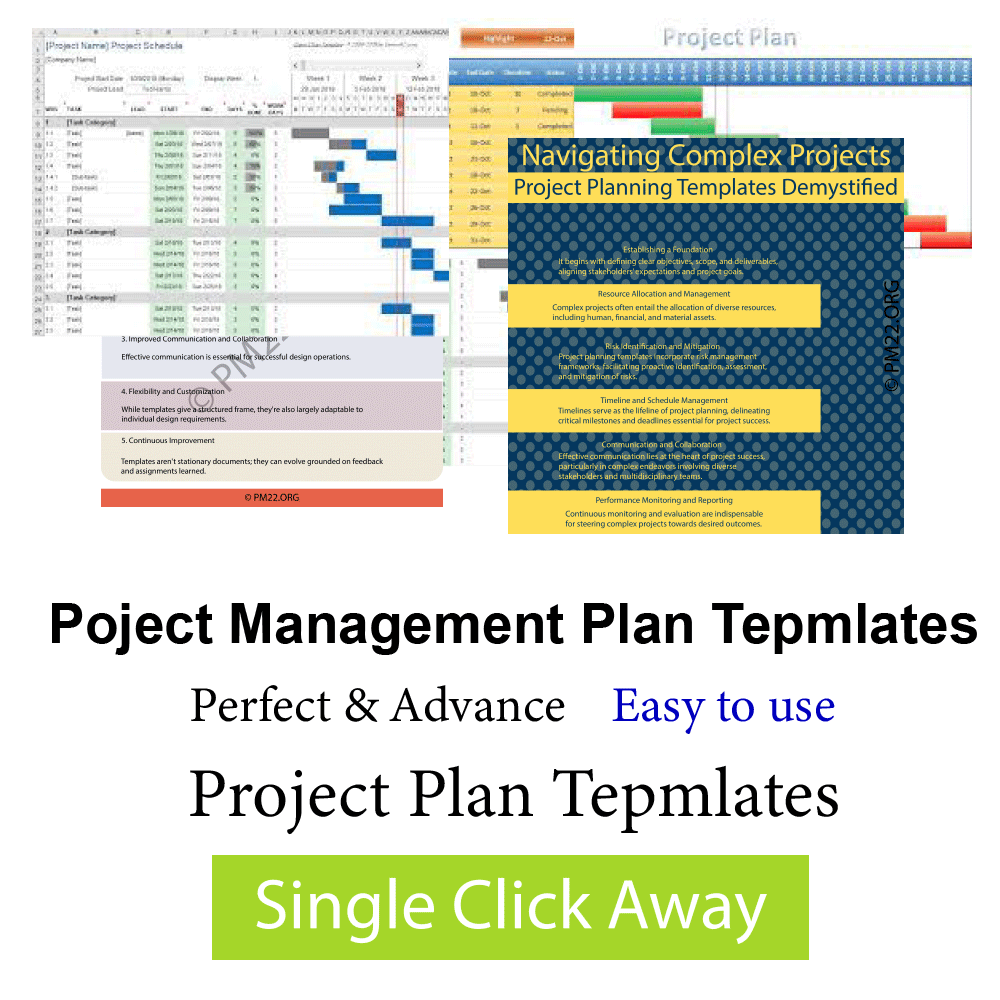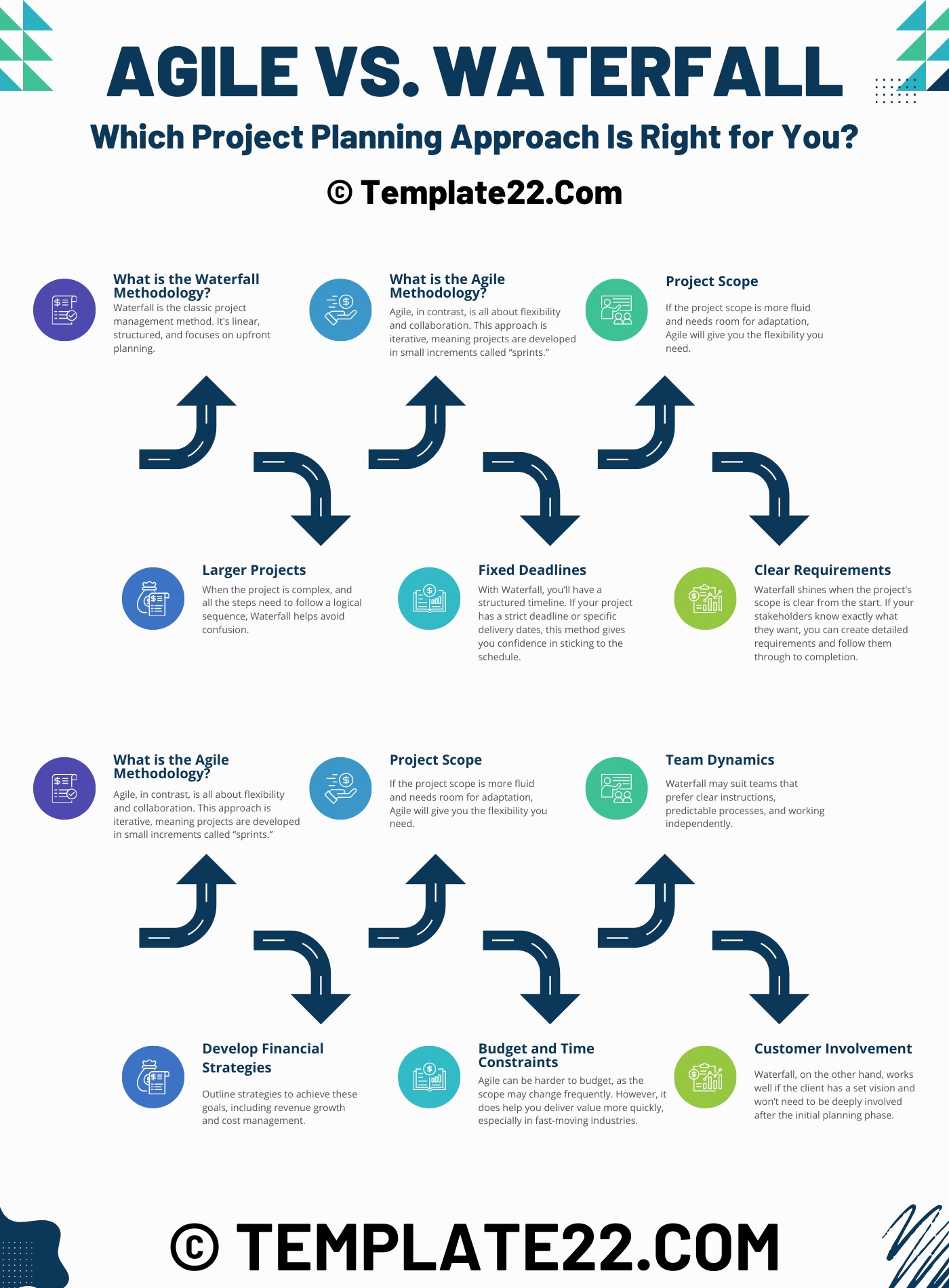 When it comes to project planning, choosing the right methodology can be the difference between (Agile vs. Waterfall) smooth sailing and a sinking ship. Two of the most popular approaches—Agile and Waterfall—each have strengths and challenges. But how do you know which one is best for your project?
When it comes to project planning, choosing the right methodology can be the difference between (Agile vs. Waterfall) smooth sailing and a sinking ship. Two of the most popular approaches—Agile and Waterfall—each have strengths and challenges. But how do you know which one is best for your project?
Let’s dive into the differences between Agile and Waterfall, and help you decide which approach fits your needs.
What is the Waterfall Methodology?
Waterfall is the classic project management method. It’s linear, structured, and focuses on upfront planning. Think of it as a relay race, where each phase must be completed before moving to the next. This step-by-step approach involves:
- Requirements Gathering
- Design
- Implementation
- Testing
- Deployment
In Waterfall, you can visualize the entire project before starting, making it an ideal choice for projects with well-defined goals, timelines, and budgets.
When to Use Waterfall
- Clear Requirements: Waterfall shines when the project’s scope is clear from the start. If your stakeholders know exactly what they want, you can create detailed requirements and follow them through to completion.
- Fixed Deadlines: With Waterfall, you’ll have a structured timeline. If your project has a strict deadline or specific delivery dates, this method gives you confidence in sticking to the schedule.
- Larger Projects: When the project is complex, and all the steps need to follow a logical sequence, Waterfall helps avoid confusion.
However, Waterfall can be rigid. If a requirement changes halfway through, it’s not always easy (or cheap) to go back and make adjustments. That’s where Agile steps in.
What is the Agile Methodology?
Agile, in contrast, is all about flexibility and collaboration. This approach is iterative, meaning projects are developed in small increments called “sprints.” At the end of each sprint, the team reviews the work, adjusts, and plans the next sprint based on feedback. The process repeats until the project is complete.
The key Agile principles include:
- Customer Collaboration
- Responding to Change
- Continuous Delivery
- Self-Organizing Teams
Agile is all about adaptability, making it perfect for projects where requirements evolve.
CLICK HERE TO DOWNLOAD 300+ PROJECT MANAGEMENT TEMPLATES & DOCUMENTS IN EXCEL
When to Use Agile
- Changing Requirements: Agile offers the flexibility to adapt if you’re in an industry where needs can shift, such as software development. It allows you to pivot mid-project without starting from scratch.
- Customer Feedback: Agile thrives on customer input. After every sprint, you gather feedback and adjust the product. This means you’re continuously improving and delivering what the customer wants.
- Faster Time-to-Market: Agile enables rapid delivery of smaller, functional versions of the product. If you need to get something in your customer’s hands quickly, Agile is your go-to.
But Agile isn’t perfect for every situation. It requires constant collaboration, regular feedback, and a team comfortable with a less rigid structure. If your team prefers set rules and clear roles, Agile could cause some confusion.
Agile vs. Waterfall: How to Choose?
So, which one should you choose—Agile or Waterfall? Here’s how to make that decision easier:
1. Project Scope
- If you have a well-defined, unchanging scope, Waterfall is likely a better fit.
- If the project scope is more fluid and needs room for adaptation, Agile will give you the flexibility you need.
2. Team Dynamics
- Agile works best with teams that are self-motivated and thrive in collaborative environments.
- Waterfall may suit teams that prefer clear instructions, predictable processes, and working independently.
3. Customer Involvement
- If your project requires regular client feedback, Agile ensures you’re always on the same page with stakeholders.
- Waterfall, on the other hand, works well if the client has a set vision and won’t need to be deeply involved after the initial planning phase.
4. Budget and Time Constraints
- Waterfall provides a clear picture of costs and timeframes upfront, making it ideal for fixed-budget projects.
- Agile can be harder to budget, as the scope may change frequently. However, it does help you deliver value more quickly, especially in fast-moving industries.
The Hybrid Approach: Combining Agile and Waterfall
For some, the answer may not be purely Agile or Waterfall. Many companies are now embracing a hybrid approach, cherry-picking elements from both methodologies. For example, you can start with Waterfall for the initial planning phase, and then switch to Agile for development and testing. This allows for structure in the early stages while staying flexible later.
CLICK HERE TO DOWNLOAD 300+ PROJECT MANAGEMENT TEMPLATES & DOCUMENTS IN EXCEL
Final Thoughts
Choosing between Agile and Waterfall comes down to understanding your project’s needs, your team’s strengths, and your client’s expectations. Waterfall offers predictability and structure, while Agile provides flexibility and speed. In Agile vs. Waterfall, If you find yourself stuck between the two, remember—there’s no one-size-fits-all answer. Sometimes, blending both methodologies might just be the right call.
Whether you opt for the structured flow of Waterfall or the adaptive nature of Agile, the key is to choose the methodology that aligns with your project goals and helps your team deliver its best work.
By weighing the pros and cons of each approach, you can confidently choose the right project planning strategy for your unique situation. Happy planning!


